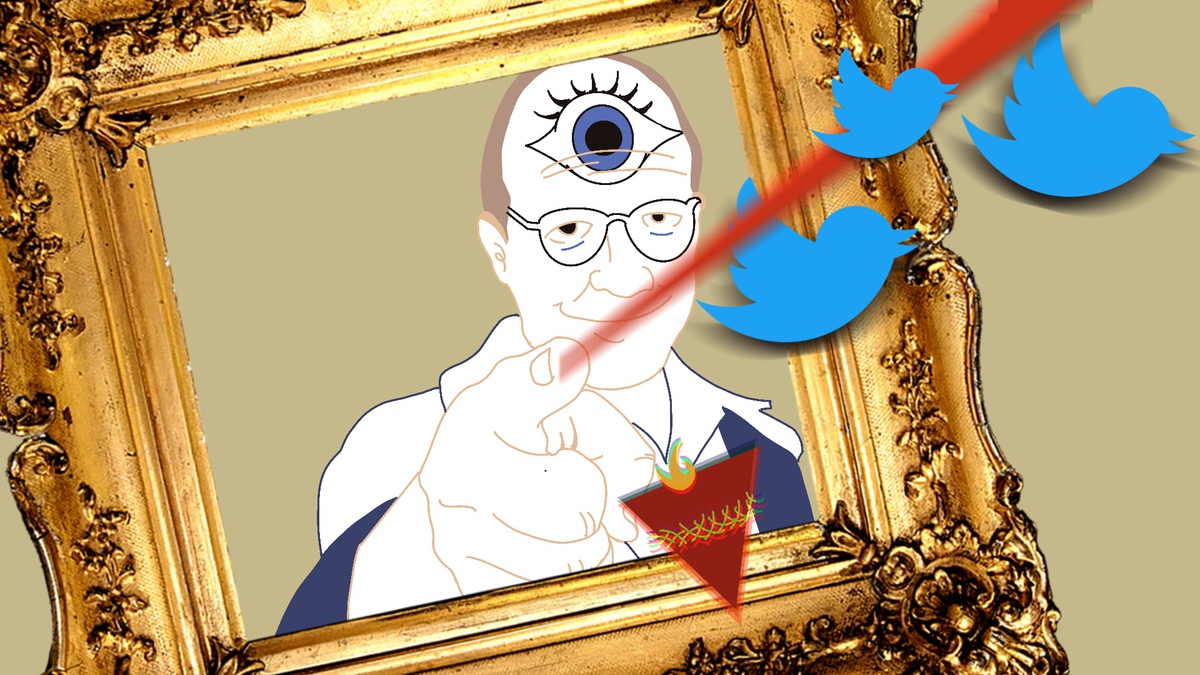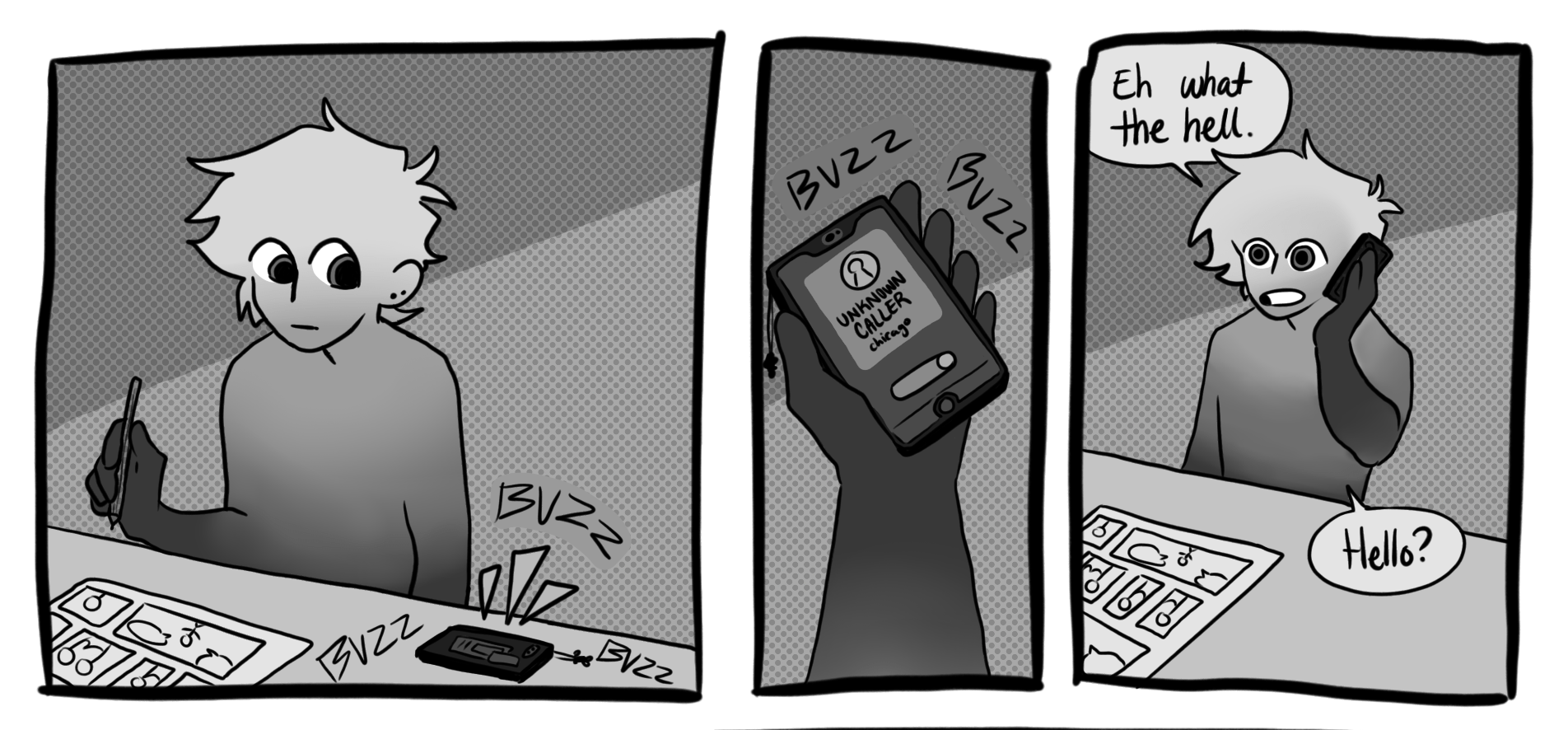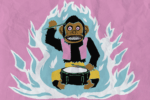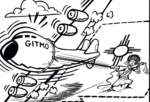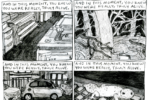One of the world’s largest stretches of prehistoric rock paintings was discovered this part December in Colombia. The paintings stretch across nearly 8 miles of rainforest, and were painted up to 12,500 years ago. They depict the flora and fauna that existed in the artists’ time and geography. Some of the animals we can recognize today, like alligators and tapirs. Others, like the giant sloth, are long extinct. The team of Colombian-British researchers, led by University of Exeter archeology professor Dr. Jose Iriarte, noted that the walls of the cliffs upon which the paintings were made were carefully prepared to give the artists a smooth surface upon which to work.
There is a collective sense of awe felt when one of these discoveries is made. Something about stumbling across one of these articles has the power to stop our doom scrolling and consider things bigger than ourselves for a moment. In the numerous birthdays of our earth — that lovely rock that orbits around the sun each year and rotates on its axis each day — we humans have only been around to celebrate a small fraction of them. Yet to us, our time on this planet, our own history, stretches far enough back that we really need to concentrate in order to wrap our minds around the presence of our prehistoric ancestors. Yes, we were here some 12,500 years ago, and yes, we were making art and have been ever since.
I’m convinced that there is another special layer of awe, another dimension of meaning, that these discoveries hold for those of us who are artists. Whenever I read about a new discovery of ancient art, I feel a thrill of validation, a smugness about my chosen line of work that I don’t often feel. Being an artist means learning to measure your success against a different set of benchmarks. External praise is rare and fleeting. Understanding of the meaning and value of your work is even rarer. A community of other artists helps. A clear sense of purpose and strong inner self is essential. The knowledge that the ancients painted too confirms for us what we artists know to be true — that making art is a deeply human need.
These discoveries often spur conversations about the role of the artist in human societies, and in society today. There is still very little we know about who the individual artists of these cave paintings were, what their roles were within their communities, and what purpose or value the art itself served within their communities. Did they paint to record the world around them and to pass knowledge along to their children? Did they paint to protect the spiritual well being of their communities? Did they simply paint for the pleasure of it? Part of me wants to know the answers to these questions. Part of me longs to know that there is some sort of deep reason why I paint that’s bigger than me, that’s built into my being human. Part of me feels relieved that this is still a mystery.
I am still forming my own opinions and sorting through my own insecurities about what it means to make art today. What I do know is this: that I feel compelled to make art, and that I feel comfort and courage knowing that I am not the first nor the last person to feel this eternally human need.


